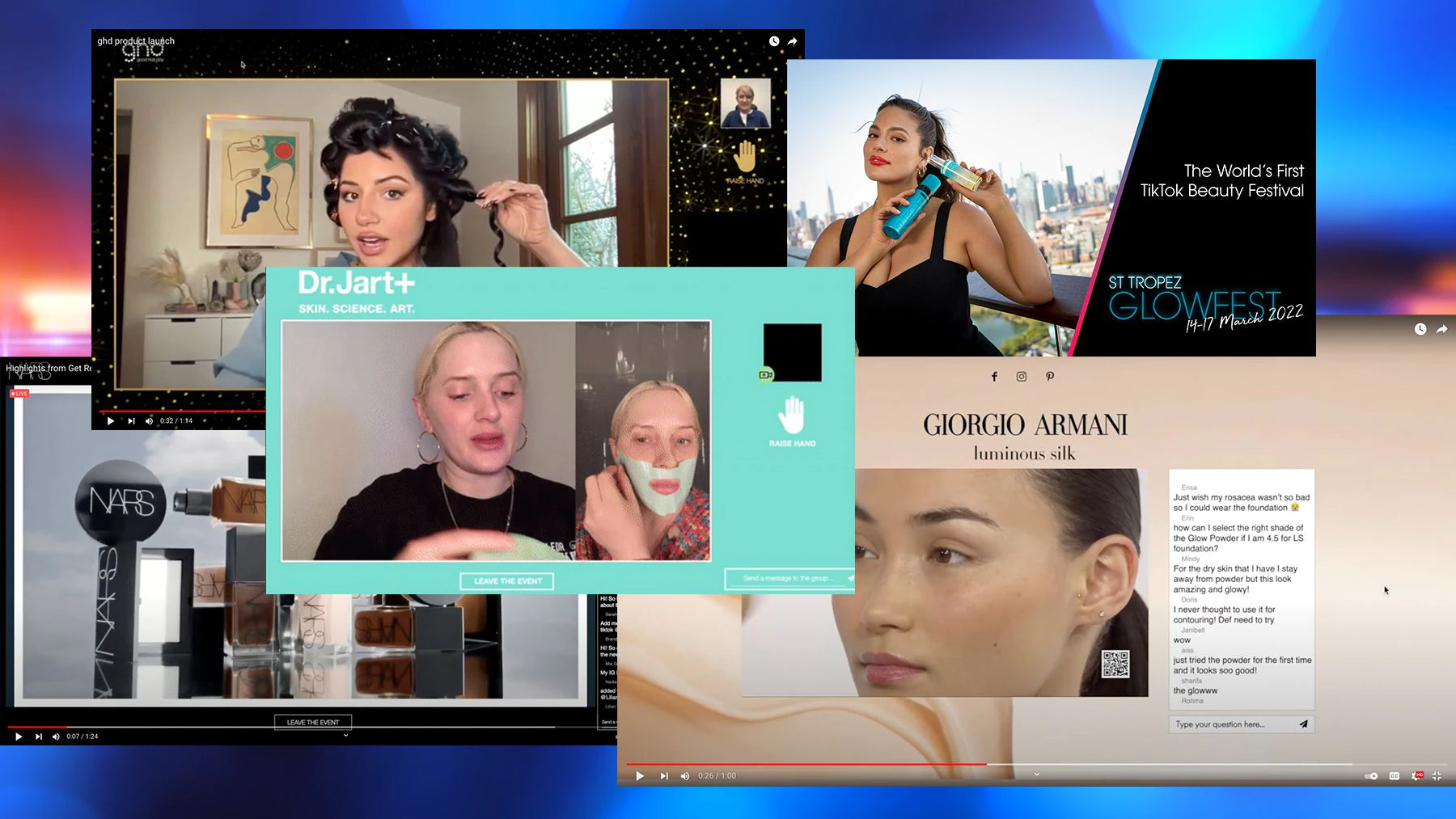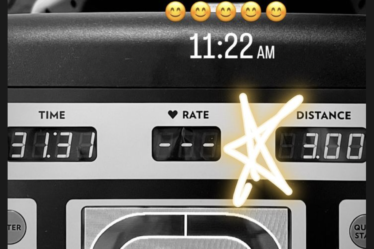
Physical events are back in fashion, but they haven’t entirely displaced their virtual counterparts.
After a slow build throughout 2021, fashion events came roaring back this year as the Omicron wave subsided. Almost all major brands returned to in-person fashion shows in February, often with pre-pandemic sized crowds. Earlier this month, Coachella was staged for the first time since 2019, with elaborate brand activations from Revolve, among others.
Even so, brands are still deploying virtual events, albeit in different ways, and armed with lessons in execution learned over the past two years. While few are nostalgic for the all-remote days of 2020, many companies discovered virtual events are an effective tool for engaging a big audience.
Major brands are building a virtual element into their physical events, or experimenting with hosting events on social media platforms, like TikTok, to connect with new consumers who might not be able to attend a brand’s in-person event. For smaller companies, with fewer resources, virtual events offer an opportunity to play with experiential marketing at a lower cost.
“We’re not seeing virtual events slow down or go away, but we’re seeing hybrid events as an important adjustment,” said Amanda Patterson Riso, co-founder of The Call List, a company that powers shoppable and branded virtual events. “Creating that point of connection virtually allows people across the world to be invited into this curated brand moment and really have that personalised interaction.”
For beauty brands, virtual events also allow products to be brought to life in a different way. Viewers can get a better look at a brand’s products during a virtual masterclass hosted by a makeup artist, for example, than they could in an on-stage demonstration. (Though, of course, they can’t replicate actually trying a product, an integral element of any in-person beauty event.)
“With beauty, you can almost experience a product, like with a brand like Glow Recipe, you can almost smell the watermelon,” said Kindja Muongo, talent and partnership manager at the upcoming Digital Beauty Festival, an online event for professionals in the beauty industry. “It really takes you in.”
When to Go Virtual
In March 2020, brands embraced virtual events because they had to. They quickly developed a reputation as a poor imitation of the real thing, completely reliant on at-times finicky technology and lacking in opportunity for casual conversation.
Now, the choice of how to stage an event can be more calculated. If brands are looking to create an elaborate, over-the-top experience to serve as a backdrop for Instagram or attract big sponsorship dollars, in-person is the way to go. But for smaller-scale events, like product launches Patterson Riso recommends going virtual in order to allow wider access to a celebrity co-founder or expert, as well as a demonstration of how to use said product, like GHD’s new thin wand curling iron, which debuted in January with a virtual event.
“Everybody can attend, it doesn’t matter where you are,” said Muongo.
But the benefits go deeper than simply reaching a wider audience. For brands that are hosting an event specifically with an aim of driving sales, for example, virtual events may more naturally lend themselves to that goal, according to Patterson Riso.
Many physical events “aren’t intended for shopping, they’re intended for brand awareness,” she said. With virtual events, brands can easily link to products right there in the event, creating an easy path for attendees to shop.
Throwing the Perfect Live Event
Virtual events can and should work side-by-side with physical events, said Patterson Riso. Physical events can be live-streamed on their own website and app or social media. A recent event for Harklikken, a Danish hair health brand, for example, saw former talk show host Ricki Lake talk about her own hair experiences in front of a live studio audience as well as a virtual one — a practice that predates the pandemic.
For brands, one of the biggest selling points of going virtual is that they’re often a lower-lift effort and make sense for occasions that “wouldn’t necessarily justify the planning expense of a pop-up, but warrant a connection point beyond just a static broadcast campaign,” said Patterson Riso.
Brands can also provide product in advance, giving attendees the opportunity to experiment from their own homes. The Call List recently hosted a virtual demonstration with Dr. Jart+ that had attendees testing out mud masks on camera, allowing them to test the product and simultaneously question an aesthetician about it.
To prevent the awkwardness that can arise with virtual events, Patterson Riso recommends using chat boxes and hand raise features to keep conversation flowing.
Virtual events also give brands a way to utilise new technologies and experiment with different platforms, reaching new audiences in the process. Livestreaming on social media, particularly on TikTok, does just that, as streams will appear not just on the feeds of a brand’s followers, but also on the feeds of those who the algorithm deems potentially interested in the content, reaching someone who might not have sought out a brand’s events on their own.
Last month, beauty brand St. Tropez, known for its self-tanning products, hosted the St. Tropez Glow Fest, a virtual ‘festival’ on TikTok, alongside creative agency Cult. Across four days, the brand tapped a slew of influencers, including brand ambassador Ashley Graham, to host masterclasses on skin care and tanning, letting consumers tune in at their convenience.
“TikTok is really playful with beauty,” said Katie Constable, global senior brand manager at St. Tropez. “This event allowed us to be able to speak to different beauty routines and give consumers the chance to connect with their favourite creators live and ask questions and tap into on-demand education.”
The event ultimately led to a 42 percent increase in followers for St. Tropez’s TikTok account, and an engagement rate 10 percent higher than the benchmark for all of TikTok’s. Going forward, Constable said St. Tropez is considering how to adapt Glow Fest for other formats, with the initial iteration serving as something of a trial run for the concept’s long-term potential.
“Glow Fest has the opportunity to be translated into real life and other avenues for us,” said Constable. “But what’s so great is the global scale of these virtual events, that gives us access to a global consumer base no matter where they are.”



